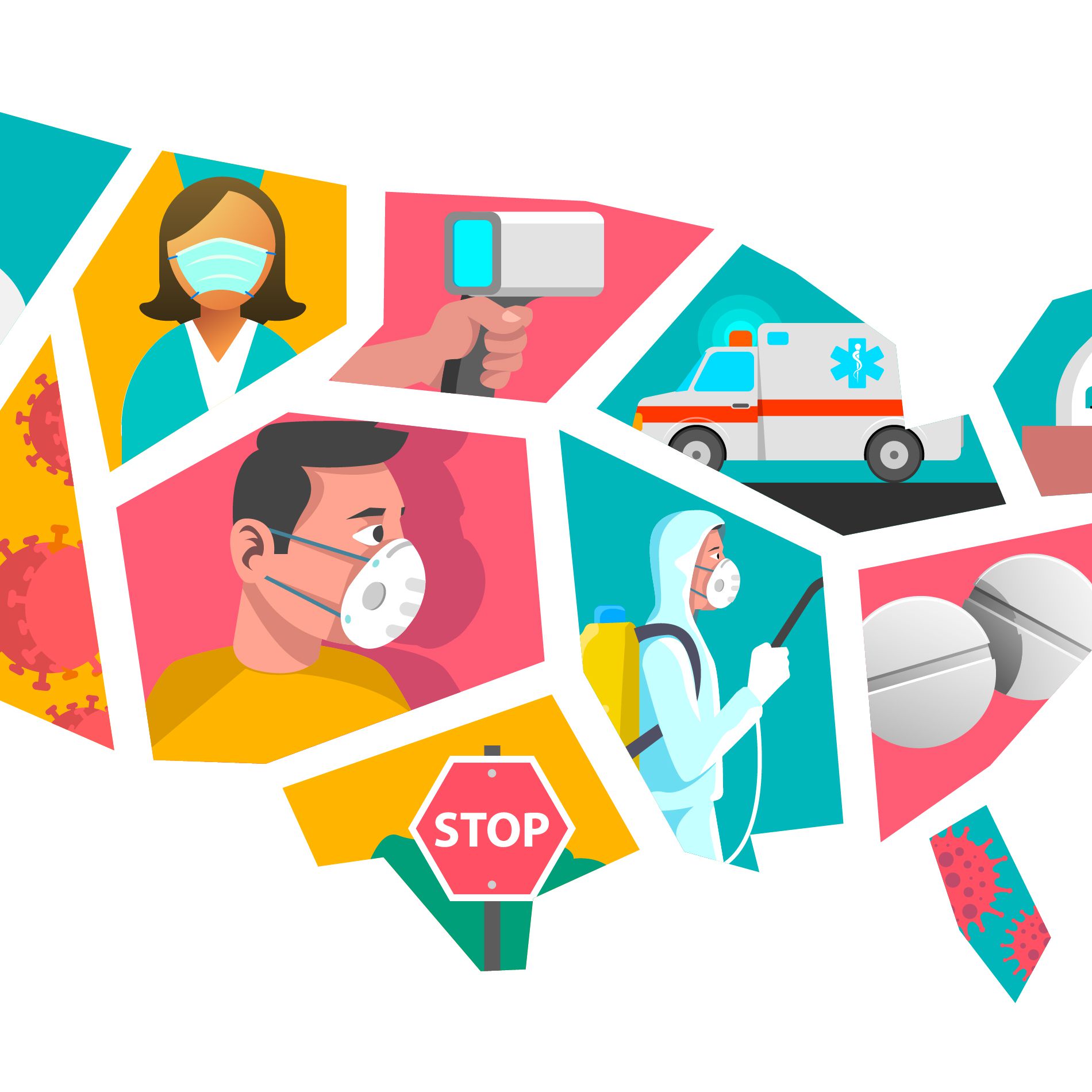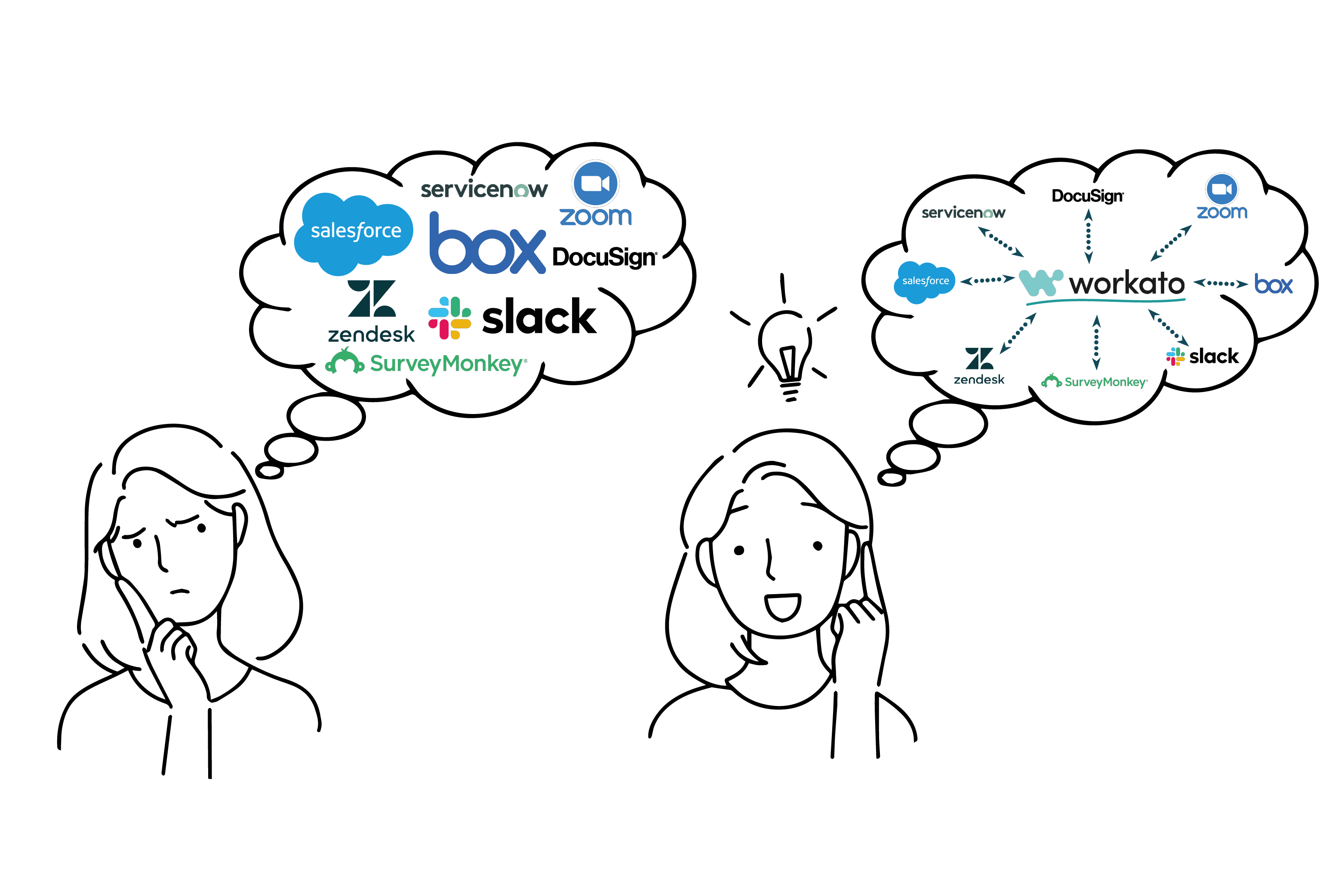Sign Up for Our
Updates
The Start of the Pandemic: Introducing Remote Monitoring
The pandemic swept throughout the UK in April 2020, and at this time, certain challenges started to surface. Prominent among these issues was the immense pressure placed on healthcare and the impact this had on the speed of care delivery. The NHS needed a way to monitor COVID-19 symptoms without increasing the risk of transmission or the demand on clinical sites unless.
In response to these and other challenges, the NHS (in partnership with NHSX) introduced tech-supported remote monitoring. This led to the founding of a Community Virtual Ward designed to identify patients at risk of experiencing rapid deterioration. With this valuable data at their disposal, clinicians were able to act much faster than before, often preventing further complications from occurring and improving the overall survival rate of those with COVID-19.
No Signs of Stopping: Improving Remote Monitoring with Automation
As time passed, it seemed as though the COVID-19 pandemic was showing no true signs of slowing down. Though this frustrated the populace, it forced the NHS to expand its remote-monitoring initiatives further. November 2020 saw England’s second wave and the launch of COVID Oximetry @ Home services.
This NHS initiative augmented the remote monitoring already offered to those critically ill or deteriorating with COVID-19. Through the COVID Oximetry @ Home services, lower acuity patients who had been diagnosed within the community were able to self-escalate if needed. The aim was to ensure the NHS appropriately supported them without adding any unnecessary strain to healthcare workers, who were already overburdened.
Fast forward to January 2021, and the NHS rolled out its new COVID Virtual Ward. This ward supported high-acuity patients who were set for early discharge. The primary goal was to ensure they received appropriate care at the appropriate location. However, it was equally important to ensure the NHS could operate as efficiently as possible and manage the overcrowding issue it was enduring at the time.
Looking Back on the Progress Made: Can Remote-Monitoring Save Lives?
NHS England reported that the COVID Virtual Wards have “been proven to reduce admissions/bed occupancy and improve length of stay.” Indeed, one NHS Trust noted that introducing the remote monitoring wards reduced the average length of stay for COVID patients by seven days.
These reductions were vital to assisting the NHS with the overcrowding and immense pressure it was under due to the COVID-19 pandemic. Remote monitoring alleviated stress and demand on the system while avoiding unnecessary checks on patients that did not need to be admitted. Through remote monitoring, patients could be provided with relevant information regarding their status and advised accordingly.
Patients who participated in remote monitoring felt safer and connected to healthcare professionals, removing any doubts and worries they may have otherwise had. Once again, this alleviated the pressure on healthcare workers as it reduced unnecessary calls to 111 and other health services.
Looking Ahead: How Can Remote Monitoring Improve Patient Outcomes?
The University of Edinburgh, NHS Lanarkshire, and NHS Highland ran a small study that enabled patients to record their symptoms via telephone or through an app, thus helping clinicians identify those with low oxygen levels. If a patient’s updates implied that their condition was deteriorating, an alert was sent directly to the patient recommending that they seek advice or care. The study was designed to ensure those who needed specialised care could be successfully admitted before their condition deteriorated.
Brian McKinstry, Professor Emeritus Primary Care eHealth at the University of Edinburgh, stated that “We know early treatment of deterioration in COVID-19 saves lives. This research confirms the findings of several other similar international studies that telemonitoring has the potential to reassure patients that they can safely self-monitor at home and that deterioration in their condition will be detected early and can be treated in a timely way.”
The Future of Remote Monitoring and Automation in Healthcare
Remote monitoring is just one of many ways automation can be applied within healthcare to save lives and improve patient outcomes. Though it is not a standalone solution to managing crises like the pandemic, it certainly served the NHS well, taking some of the pressure off clinicians and healthcare workers. This allowed them to provide the best possible care to those who urgently need it.
Moving beyond the pandemic, it’s clear that remote monitoring can improve outcomes for hospitalised patients if done continuously. Automation could be used to integrate patient data into the electronic health record, with updates performed multiple times a day. Doing so would improve the accuracy and completeness of patient records. At the same time, it would remove the burden of having to document vital signs and other data points from healthcare professionals. This is one of many ways that automation can reduce the administrative burden healthcare workers labour under, freeing them to return to what they do best – providing care and ensuring those who need urgent treatment receive it.
Would you like to learn more about the specifics of remote monitoring or how automation can be applied to improve efficiency in healthcare organisations? Feel free to get in contact with Alphalake Ai today. One of our friendly automation specialists would be happy to talk you through the possibilities.

.jpg)



